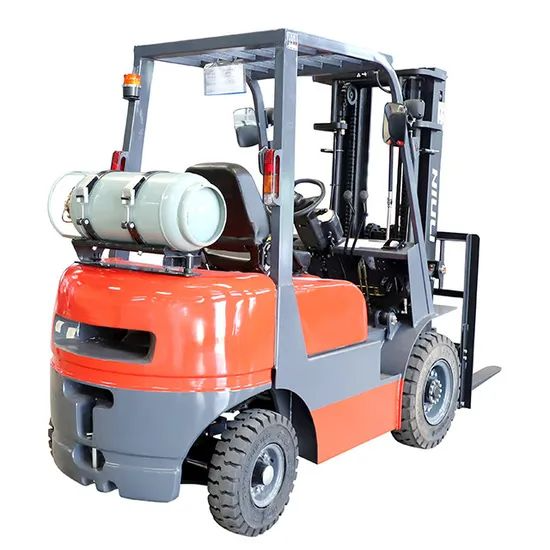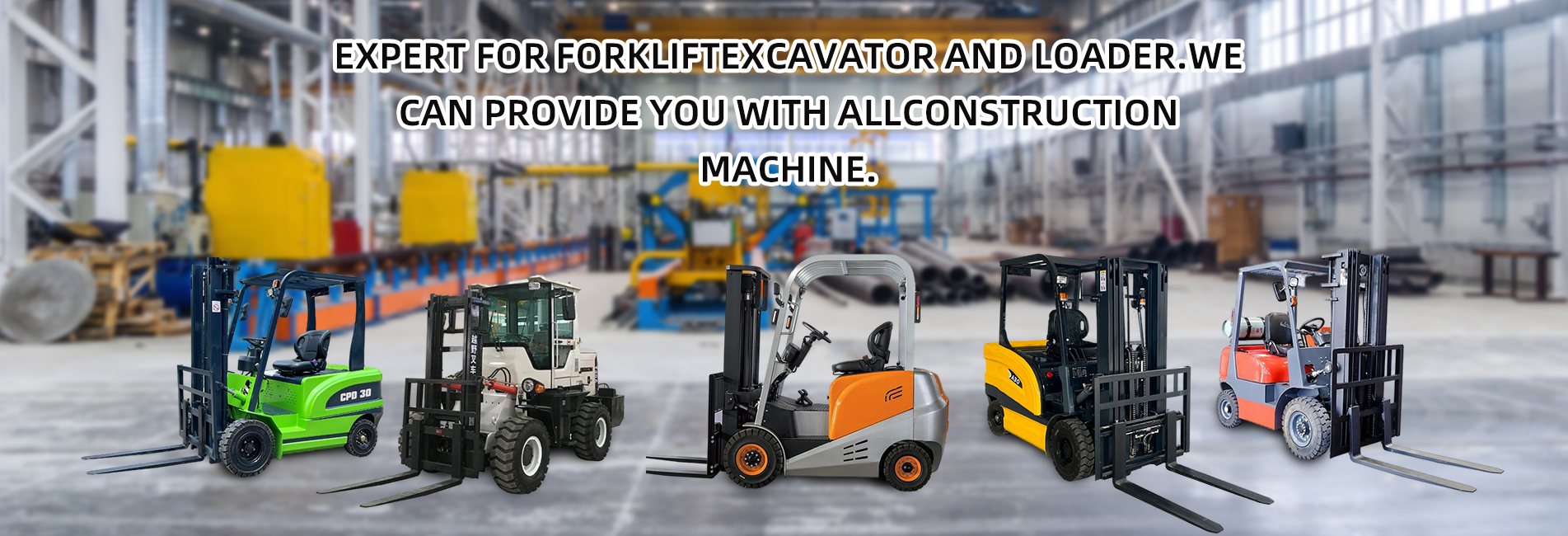LPG forklifts and electric forklifts are two commonly used types of industrial material handling vehicles, with significant differences in terms of power sources, performance characteristics, applicable scenarios, etc. The following is a comparative analysis of the two from multiple dimensions:

I. Power and Energy-related
| Comparison Items | LPG Forklifts | Electric Forklifts |
|---|---|---|
| Fuel/Energy | Liquefied petroleum gas (LPG), requiring regular cylinder replacement | Storage batteries (lead-acid batteries or lithium batteries), requiring charging |
| Endurance Capacity | A 15kg cylinder can work for about 8-10 hours, and the endurance can be quickly restored by replacing the cylinder (3-5 minutes) | Lead-acid batteries can work for about 6-8 hours, lithium batteries for about 8-12 hours, and charging takes 4-8 hours (fast-charging lithium batteries take about 1-2 hours) |
| Convenience of Energy Supplement | Relies on LPG cylinder supply, needs to store spare cylinders, and cylinder replacement is simple | Relies on charging facilities, needs to plan a charging area, and long-term work requires a spare battery pack (battery replacement takes about 5-10 minutes) |
II. Performance Characteristics
| Comparison Items | LPG Forklifts | Electric Forklifts |
|---|---|---|
| Power Output | Strong and stable power, suitable for heavy loads (3-10 tons is common) and climbing (some models can climb up to 25%) | The power output is relatively stable, but the cost of high-power models (such as those above 5 tons) is high, and the climbing ability is slightly weaker (generally 15%-20%) |
| Environmental Adaptability | Not restricted by on-site power supply, can work in outdoor low-temperature and high-temperature environments (-20℃ to 40℃) | Low-temperature environments (below -10℃) will significantly affect battery capacity, and attention should be paid to waterproofing in outdoor rainy days (some models with a protection level of IPX4 or above can adapt) |
| Noise Level | The engine noise is relatively large (about 75-85 decibels) | The motor operation noise is low (about 55-70 decibels), suitable for places sensitive to noise |
| Emission Situation | Less exhaust emissions (60%-80% lower than gasoline-powered vehicles), but there are still CO, NOx, etc., so ventilation must be ensured | Zero emissions, no exhaust pollution, suitable for enclosed indoor spaces or places with extremely high environmental protection requirements (such as food and pharmaceutical workshops) |
III. Economy
| Comparison Items | LPG Forklifts | Electric Forklifts |
|---|---|---|
| Initial Purchase Cost | Relatively low (20%-40% lower than electric forklifts of the same tonnage) | Relatively high (especially lithium battery forklifts, which are more than 50% higher than LPG forklifts) |
| Operating Cost | Moderate fuel cost (15kg of LPG is approximately equivalent to 20 liters of gasoline, and the unit price is lower than that of gasoline but higher than that of electricity); relatively low maintenance cost (less carbon deposition in the engine, long maintenance cycle) | Low electricity cost (about 1/3-1/2 of that of LPG); low maintenance cost (simple motor structure, no need to frequently replace engine oil and filters), but the replacement cost is high when the battery life expires (lead-acid batteries last about 2-3 years, lithium batteries about 5-8 years) |
| Long-term Total Cost | The cumulative fuel cost is relatively high, suitable for high-frequency use scenarios | The initial investment is high, but the long-term electricity and maintenance costs are lower, suitable for long-term stable use |
IV. Applicable Scenarios
| Scenario Type | More Suitable for LPG Forklifts | More Suitable for Electric Forklifts |
|---|---|---|
| Indoor Operations | Large warehouses and workshops with good ventilation (enclosed spaces should be avoided) | Enclosed warehouses, food/pharmaceutical workshops, electronics factories and other places with high environmental protection/cleanliness requirements |
| Outdoor Operations | Freight yards, docks, construction sites and other scenarios without power supply and requiring frequent movement | Outdoor short-distance operations (such as in factory areas), but extreme weather (heavy rain, high-temperature exposure) should be avoided |
| Operation Intensity | High-intensity continuous operations (such as multi-shift handling, heavy-load transportation) | Medium and low-intensity operations (such as single-shift, light-load stacking), or scenarios where charging time can be planned |
| Special Requirements | Sites that need to quickly supplement energy and have no charging conditions | Places with strict restrictions on noise and emissions (such as hospitals, clean workshops) |
V. Safety and Maintenance
| Comparison Items | LPG Forklifts | Electric Forklifts |
|---|---|---|
| Safety Risks | There is a risk of gas leakage (regular inspection of cylinders and pipelines is required); the ignition point is high (above 500℃), which is safer than gasoline, but still needs to be kept away from open flames | Battery short circuit may cause fire (especially lead-acid batteries); ventilation is required during charging (to avoid hydrogen accumulation); battery performance degradation at low temperatures may affect operational safety |
| Maintenance Content | Regular inspection of the LPG system (filters, vaporizers) and engine maintenance (oil change, spark plug replacement) are required | Need to maintain the battery (water replenishment, balanced charging), motor and controller (dust removal, line inspection), with a simpler structure and lower failure rate |
| Maintenance Cost | The engine maintenance cost is moderate, and the replacement cost of gas system components is relatively low | The battery maintenance cost is low, but the battery replacement cost is high (accounting for 30%-50% of the total price of the forklift) |
VI. Summary and Selection Suggestions
Choose LPG forklifts: If high-intensity continuous operations, outdoor or no-power sites, heavy load or climbing requirements are needed, and certain emissions and noise can be accepted, LPG forklifts are a more flexible choice.
Choose electric forklifts: If the working environment is an indoor enclosed space, sensitive to environmental protection/noise, or the operation intensity is moderate and charging time can be planned, electric forklifts are more in line with the needs of green and low consumption.
In addition, during long-term use, the energy cost advantage of electric forklifts will gradually become apparent, while the initial investment and supplementary convenience of LPG forklifts are more attractive. A comprehensive decision should be made based on the actual operation scenario, budget and environmental protection requirements.


